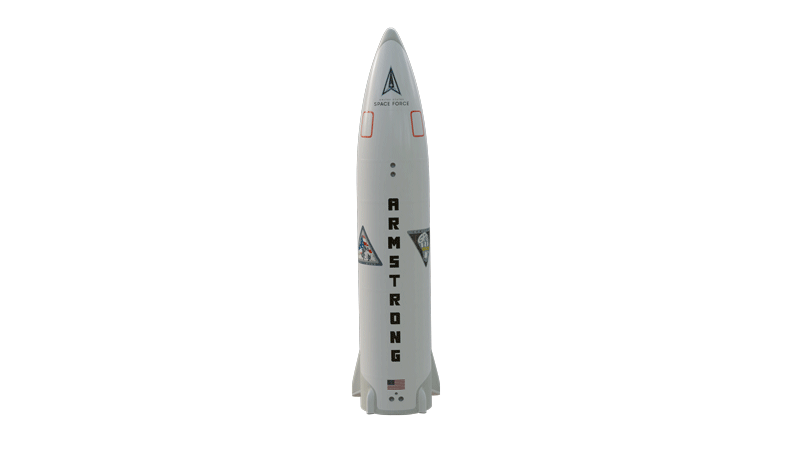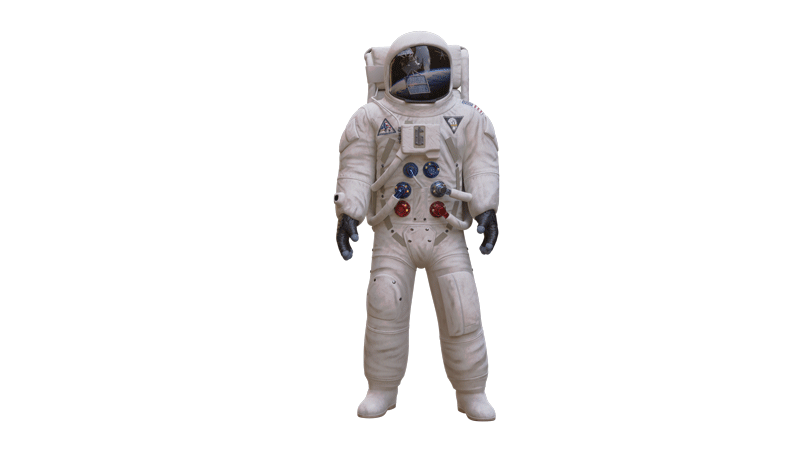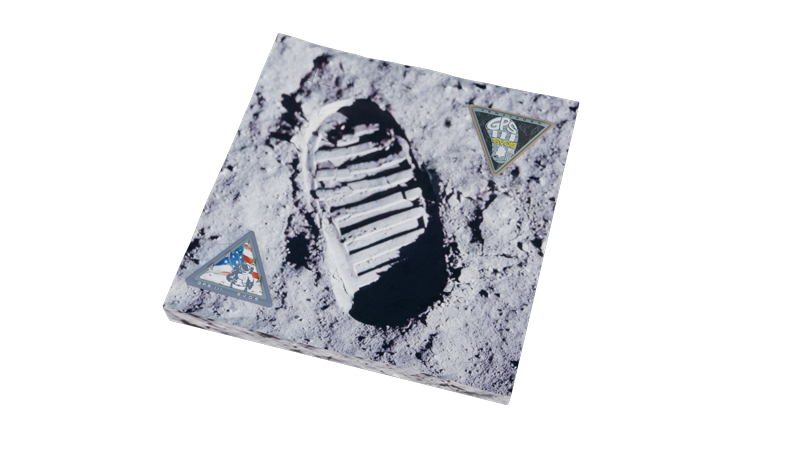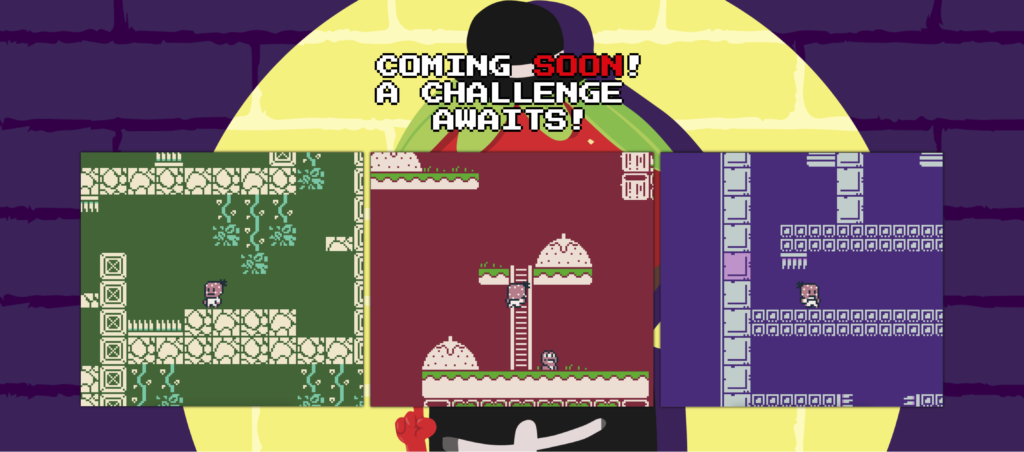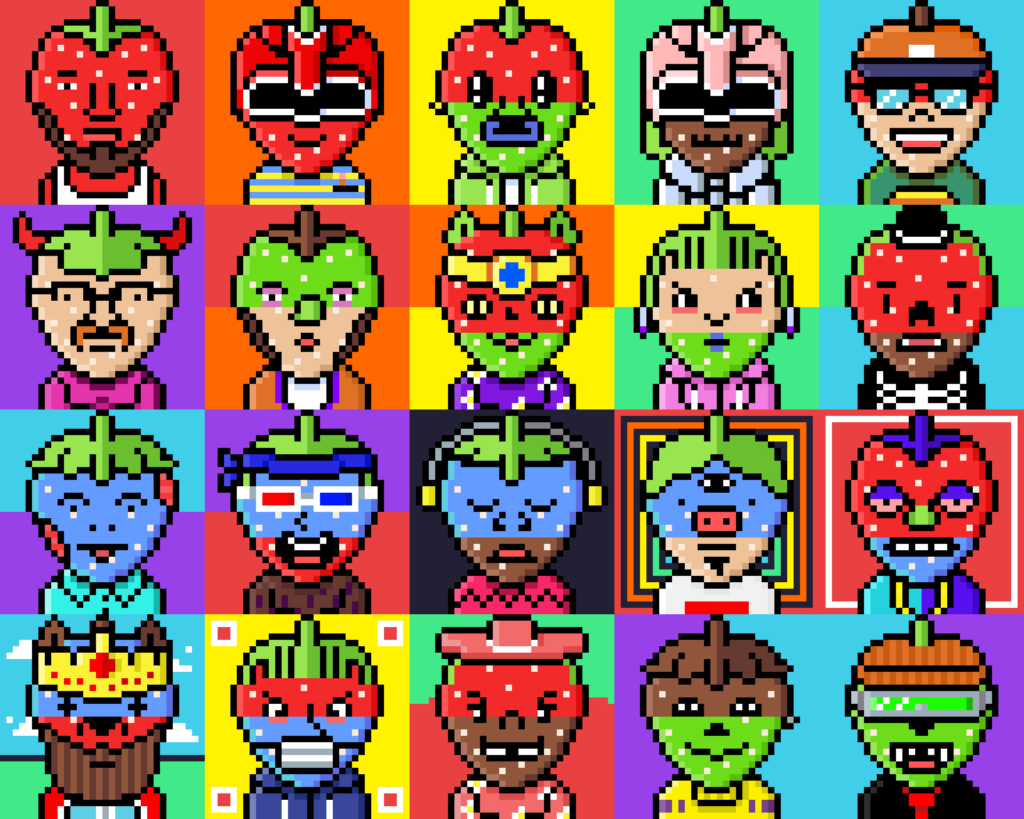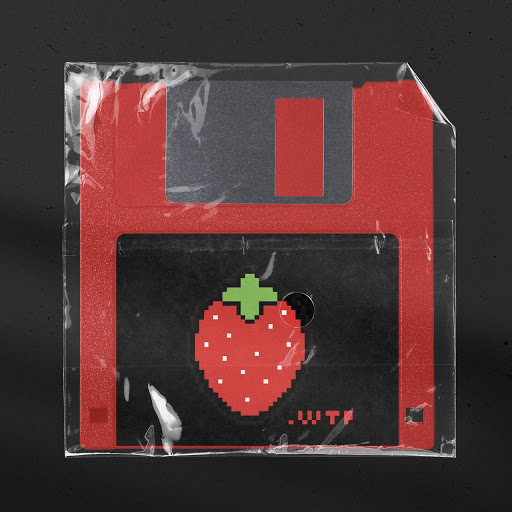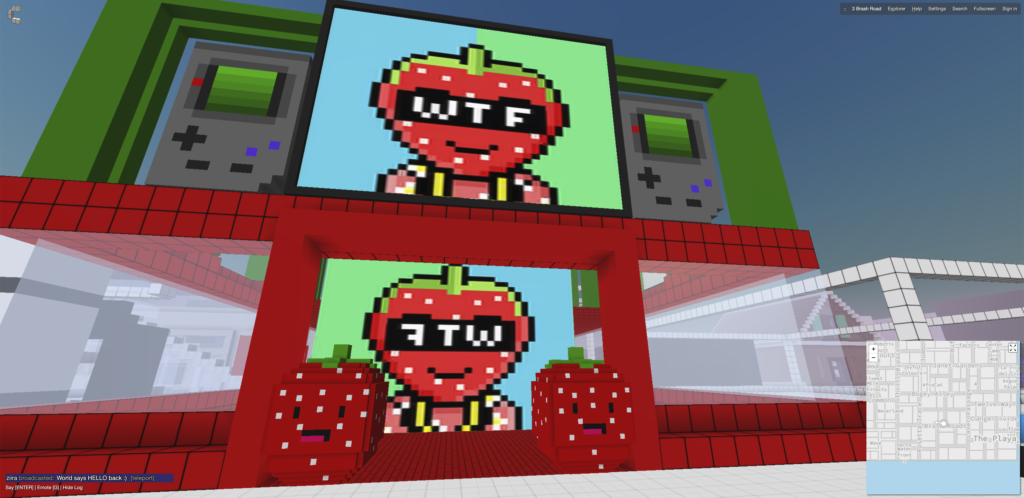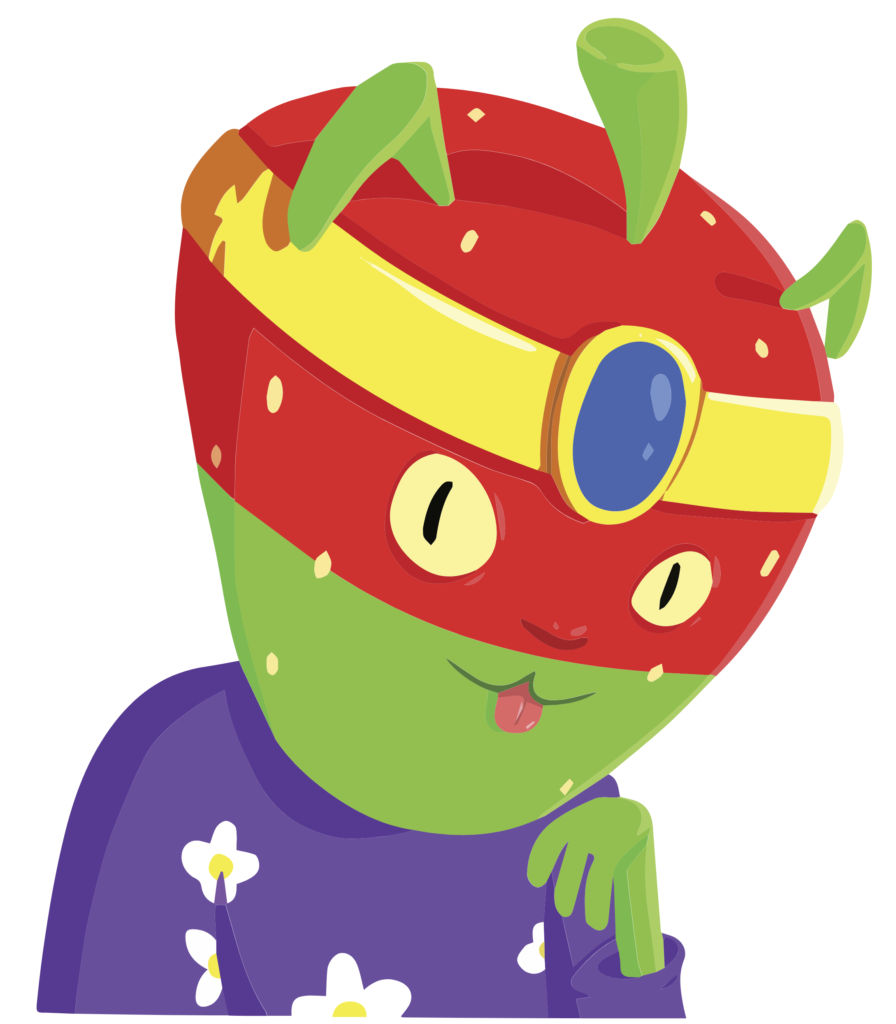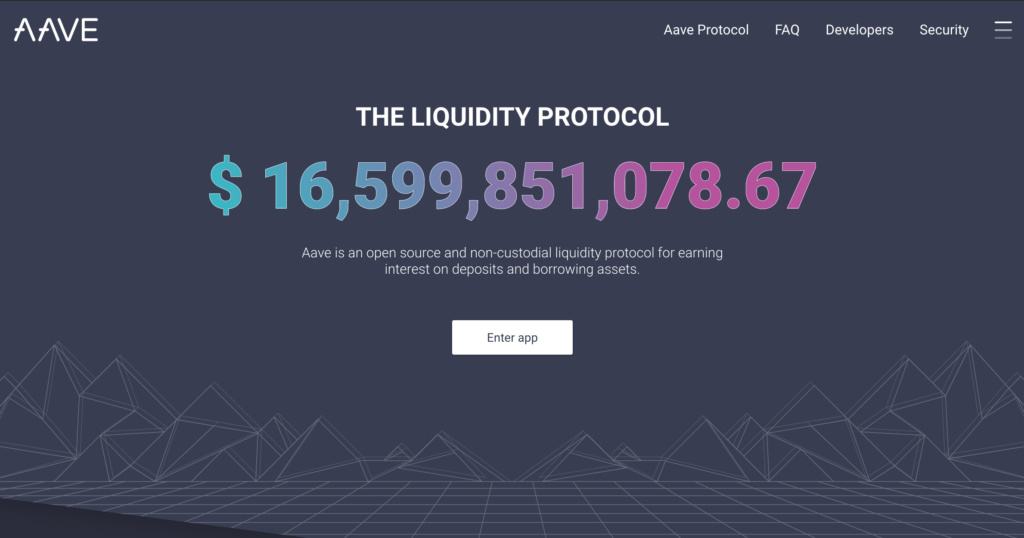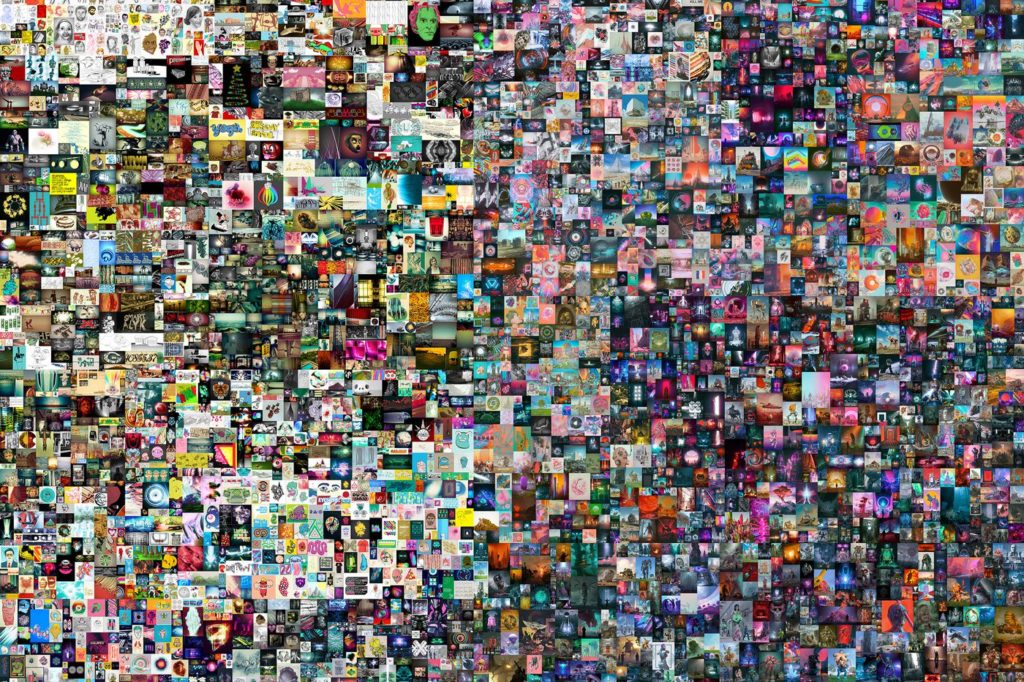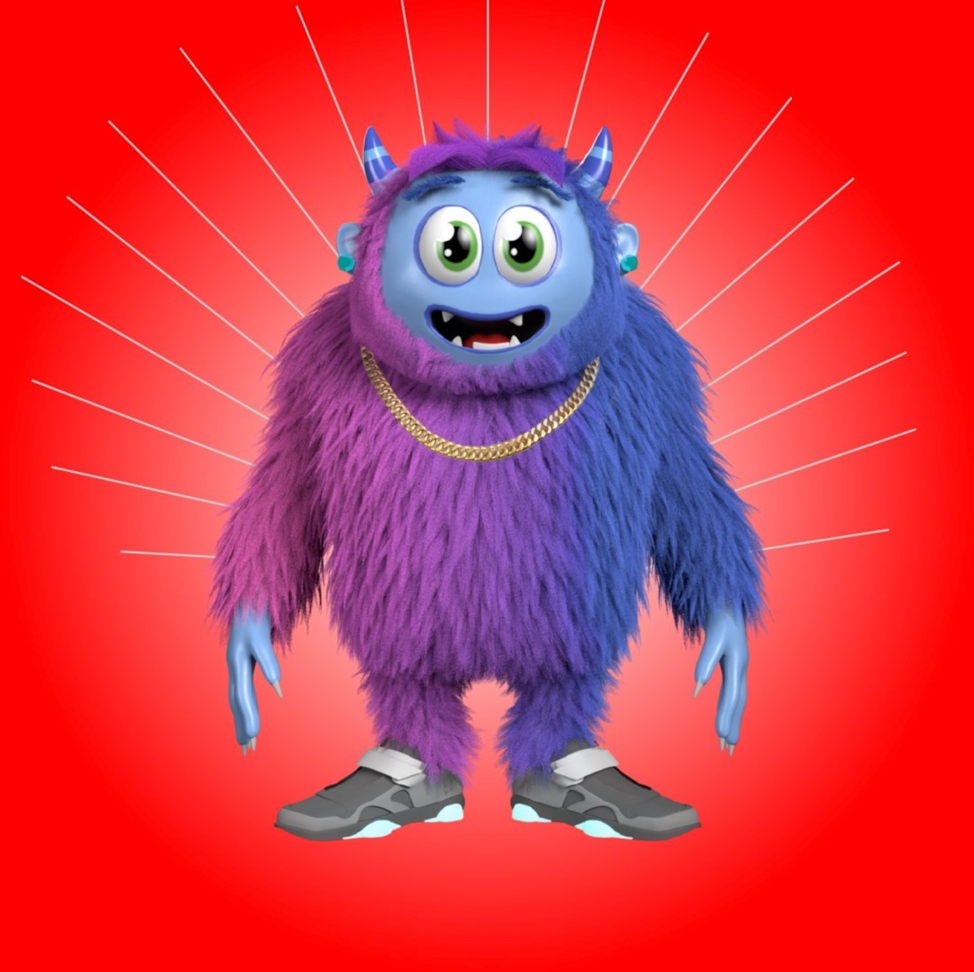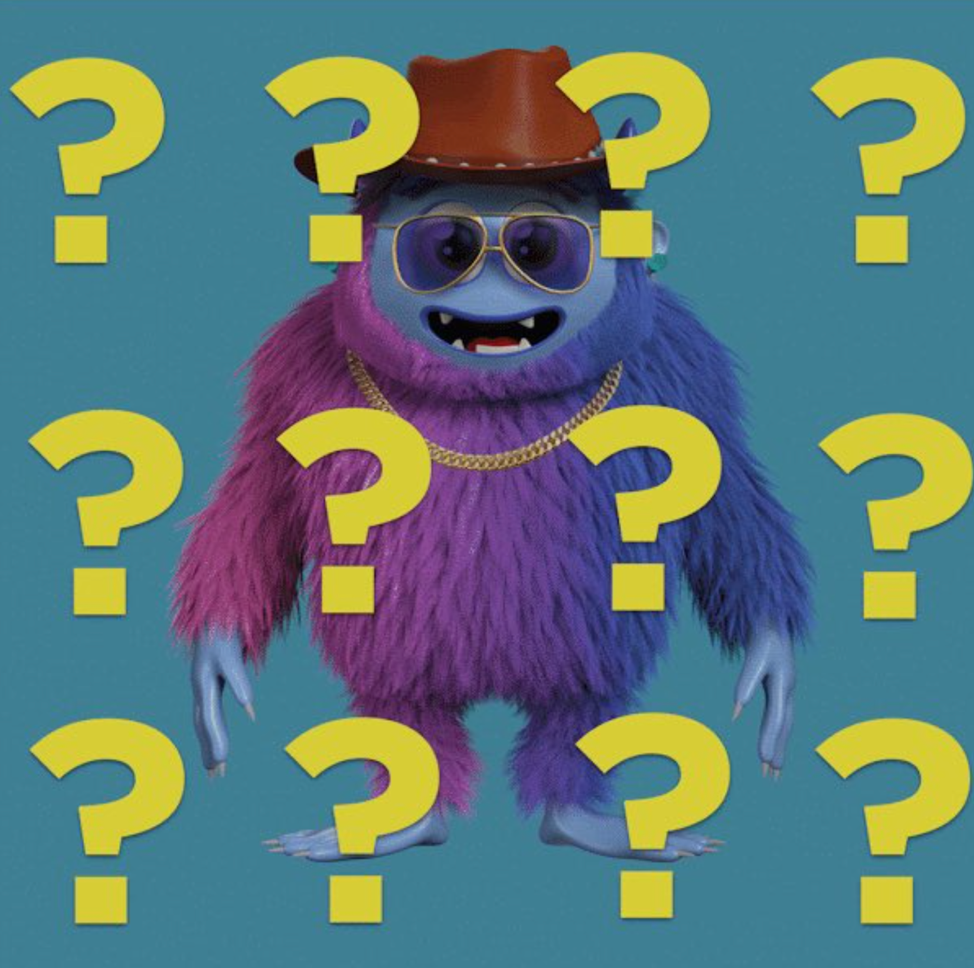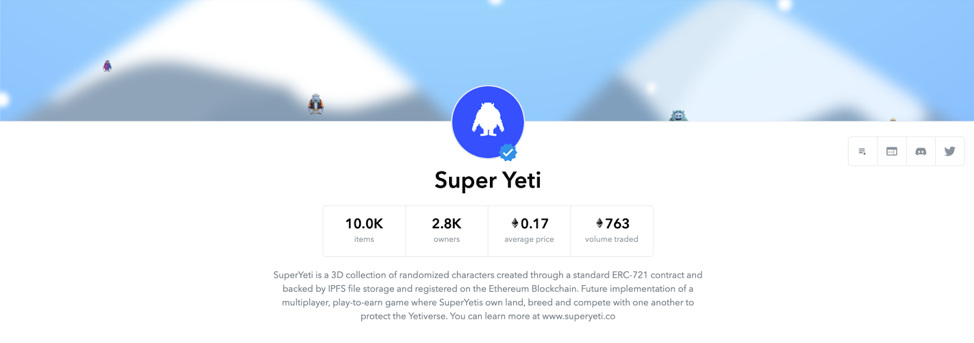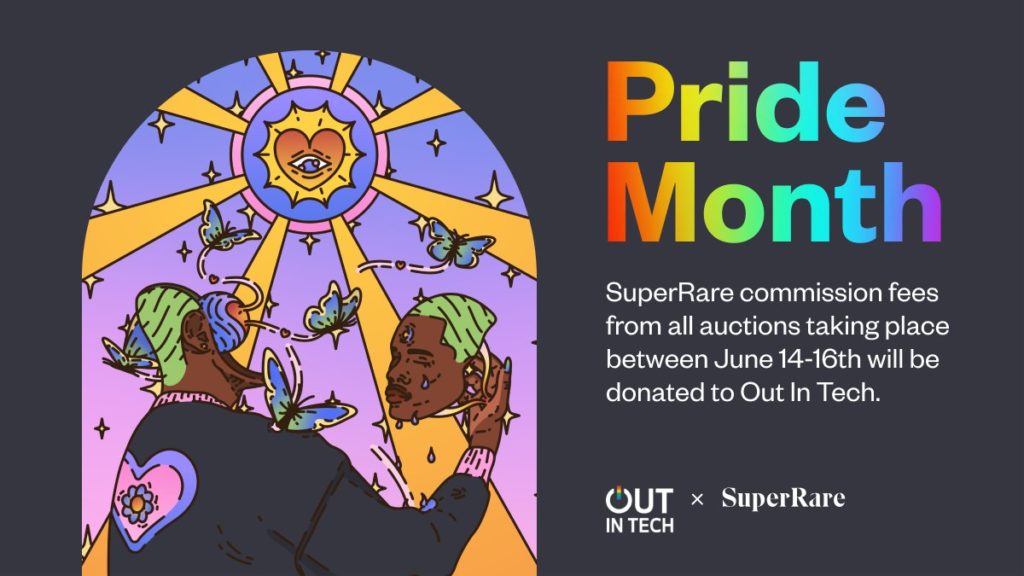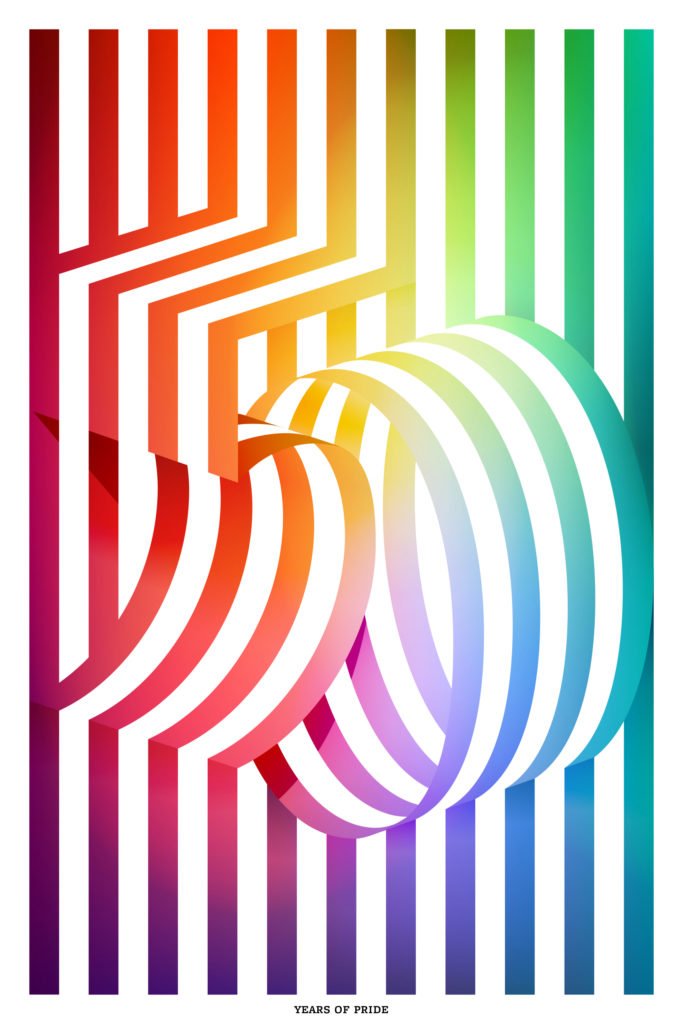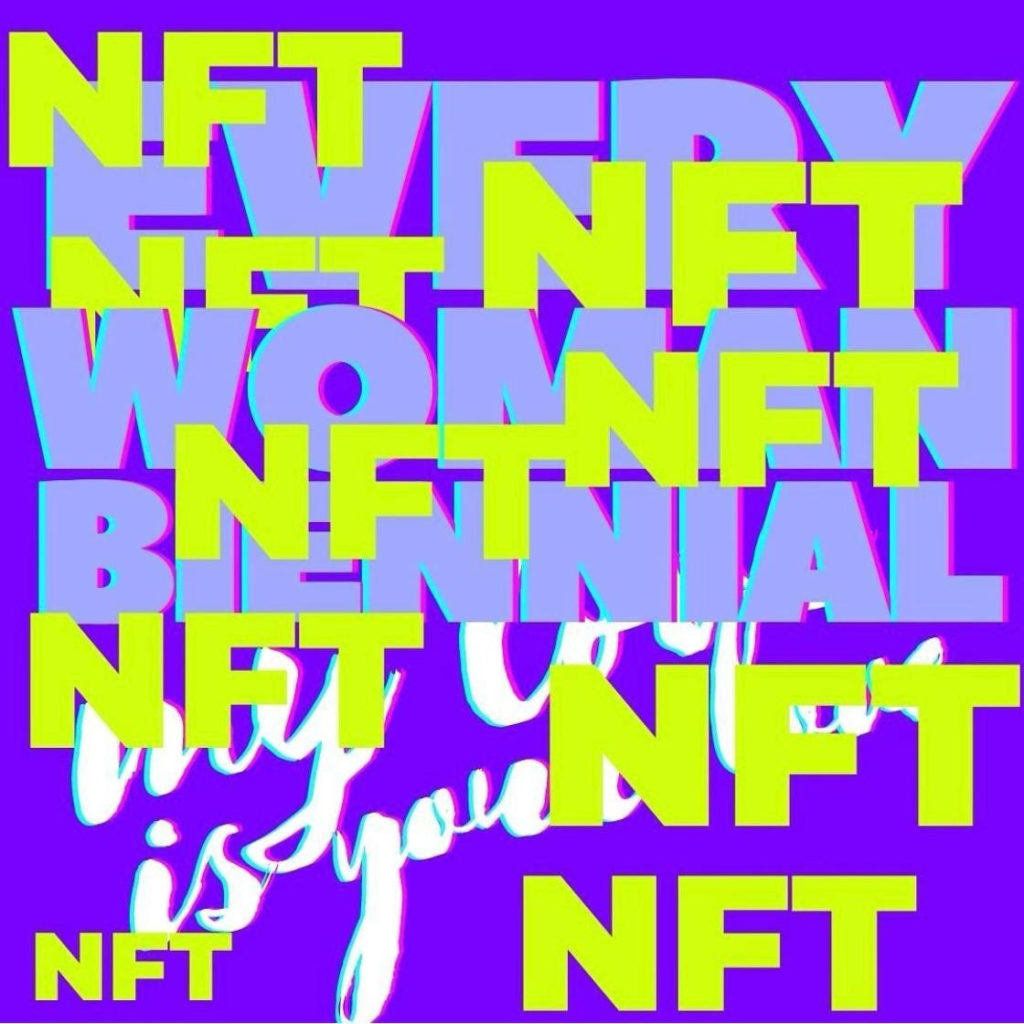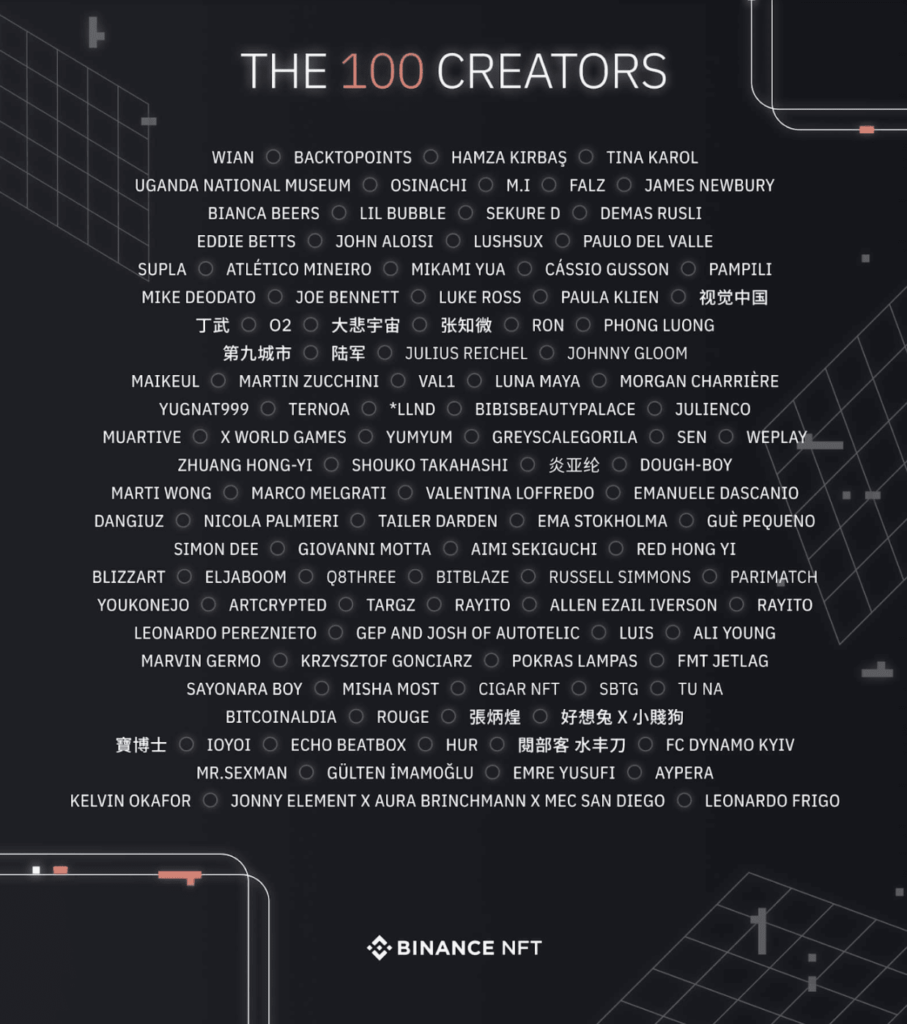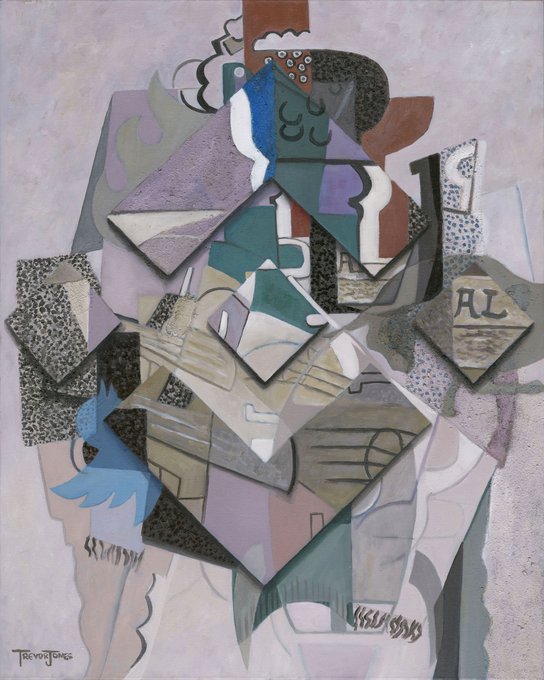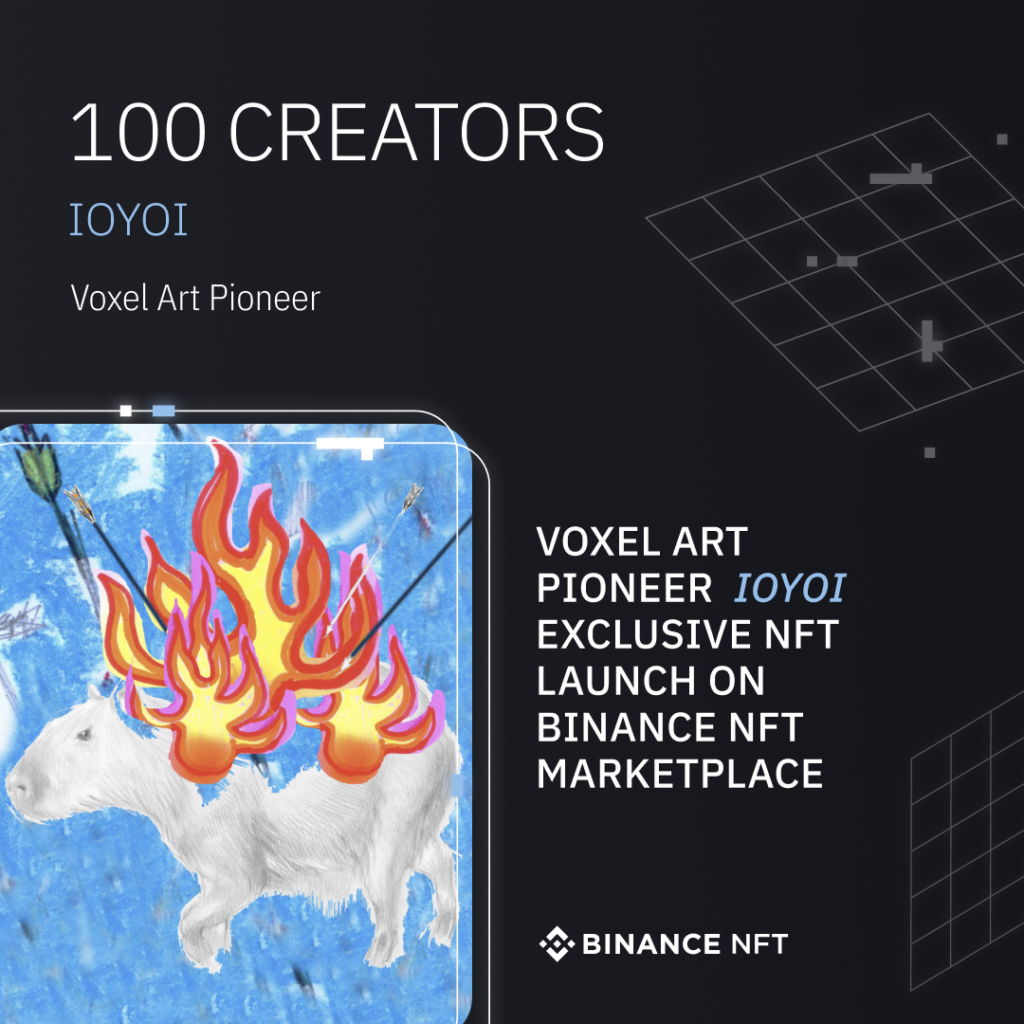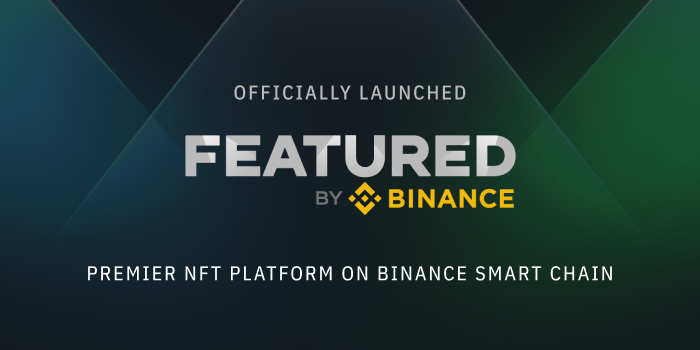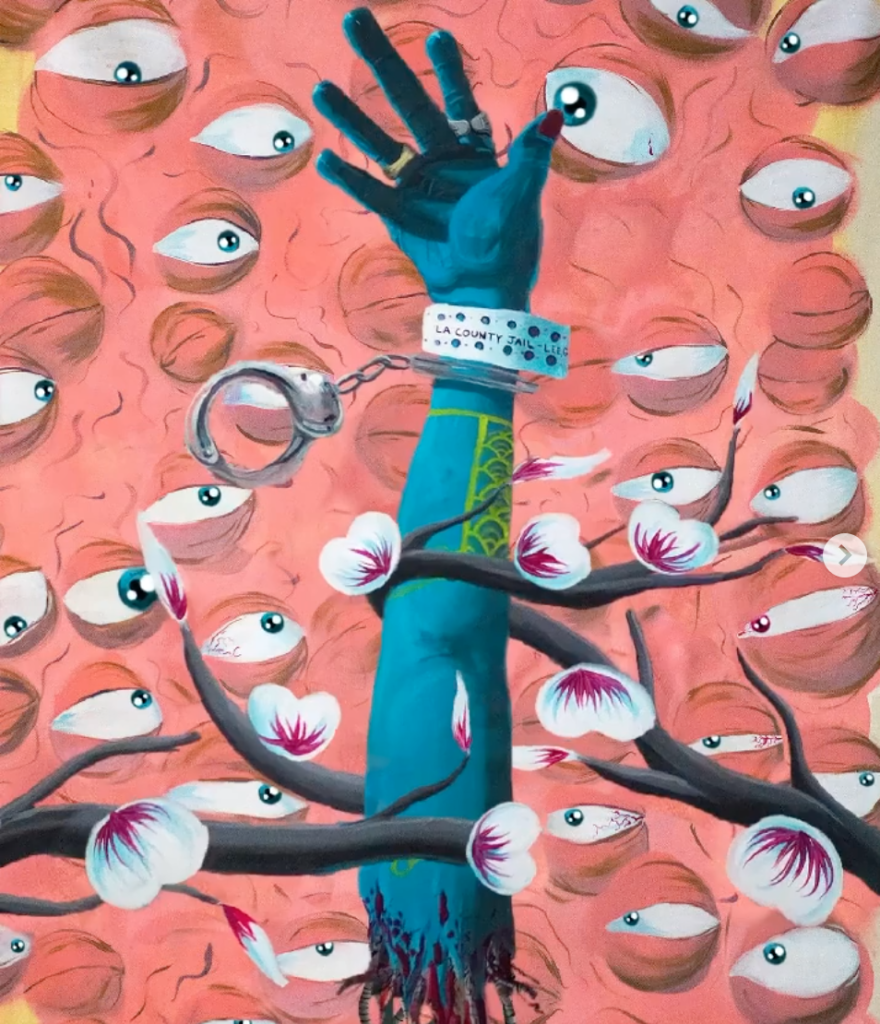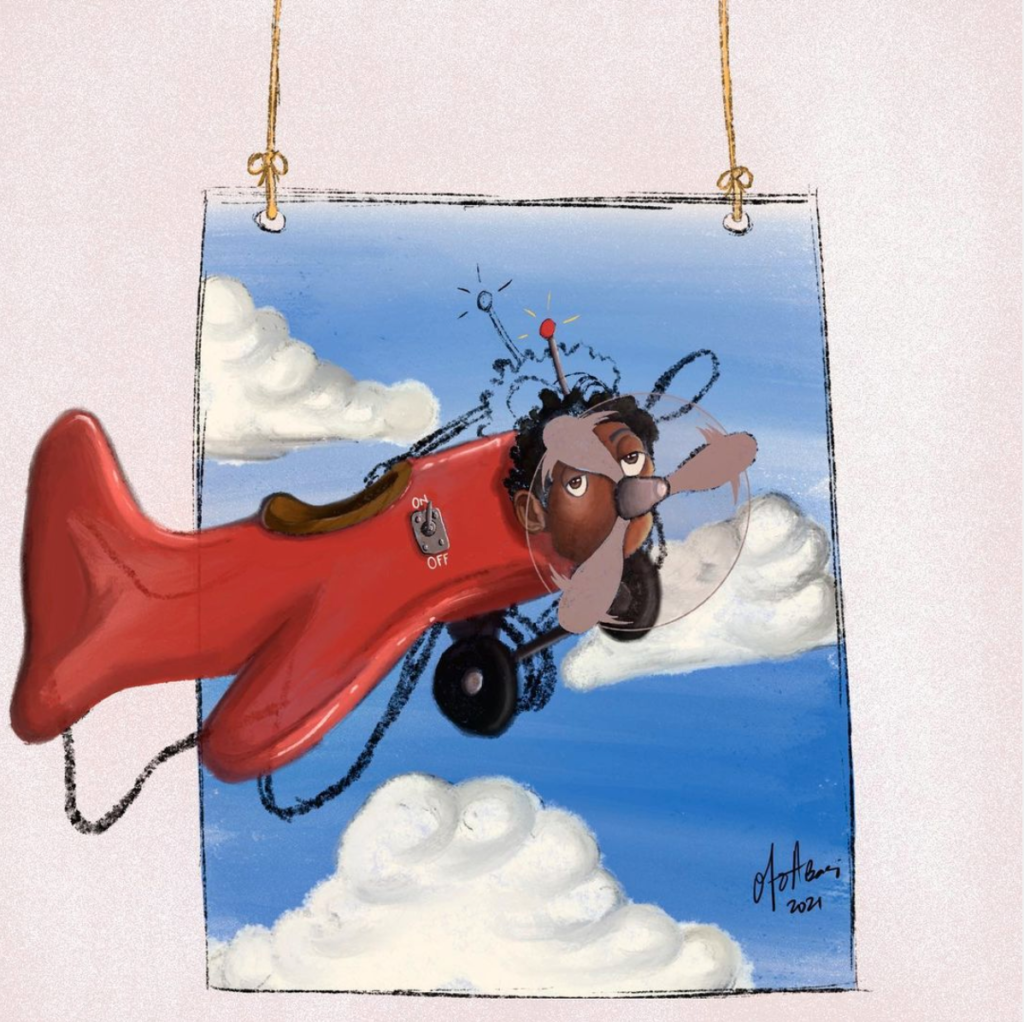The past week has had my mind occupied by the book ‘Because Internet’ by Gretchen McCulloch, which covers the linguistic changes brought about by people communicating online. One of the brief points it raises is that young people have flocked online not because they don’t want to socialize and play outside, but because those outside places have been restricted, controlled and commodified to the point where they can’t be accessed, utilized & experimented with.
So where do you go if everything is restricted? The new paradigm of digital spaces with unlimited possibility, of course. Fortnite, Roblox, Minecraft, easily accessible worlds with ever-expanding toolsets, environments that promote and appreciate a lusory attitude. Spaces that mimic the long-lost forests, parks, and venues now dominated by increasing ticket prices, demolition, or restriction. Children don’t play in the roads, because they’re full of BMWs driving at 70mph. They don’t play at the bowling alley, because Jeff Bowlzos charges 15 dollars for a game, and you can’t play in the park because…
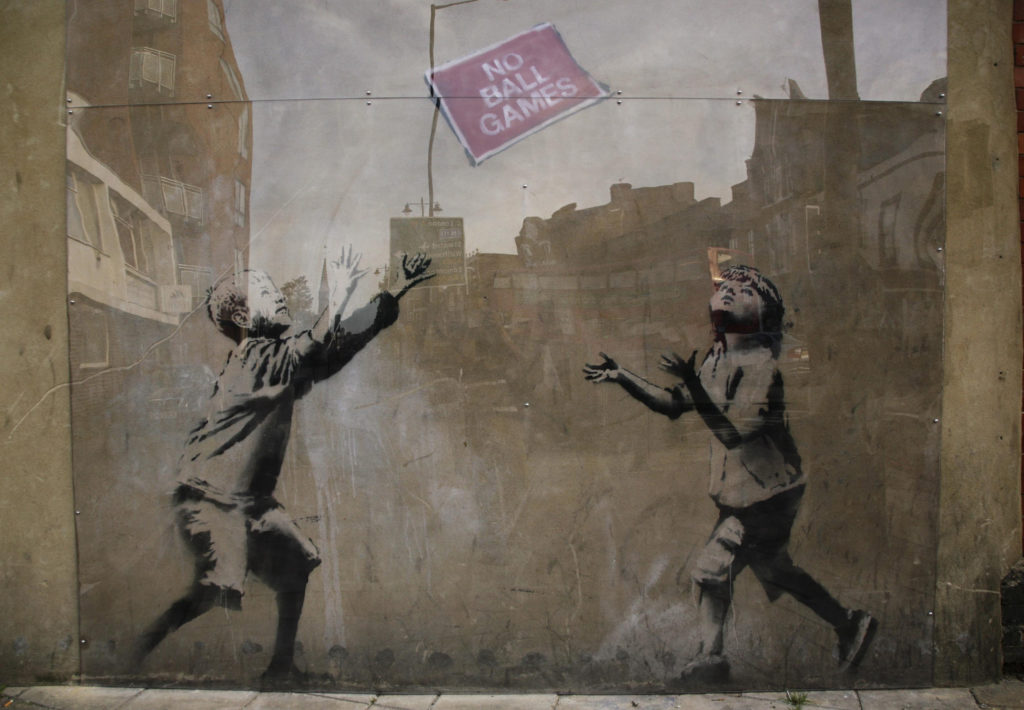
The trend for games and platforms in the present day (to maximize users and income) is to fulfill this need for play – creating spaces to be risk-free and ‘fun’ primarily, before being restricted by monetization – spaces for experimentation, before commercialization. Do the current offerings of (NFT enabled) Open Metaverse platforms offer this in abundance? Well, no – no to the point where somebody on a low-income FIAT salary still can’t really expect to engage in the platform, never mind kids.
As we’ve seen with F2P video games, their evolution has pushed the most successful models towards cosmetics-only monetization (Warzone, Fortnite, Roblox), with an emphasis on leaving any form of experimentation and play as a free component. This removes the barrier of cost which young people struggle to overcome and allows them to provide onboarding, usage, propagation, experimentation, and therefore content, in abundance. It’s about socializing play because that’s the most profitable route.
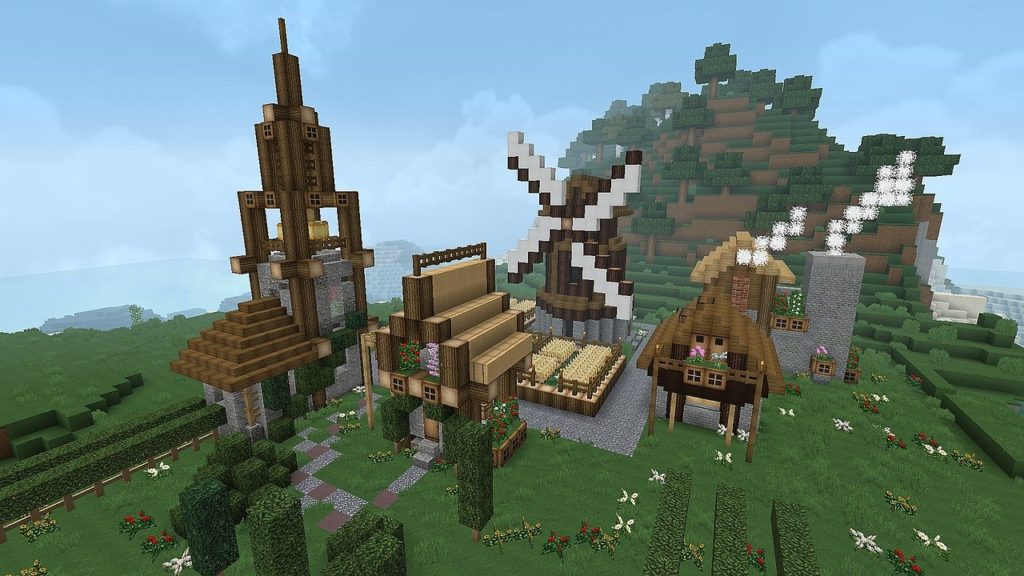
“Yeah but I don’t want to sell it to kids!”, you say. Well, your audience doesn’t primarily become children, it becomes everyone – young people are the conduit to which new technology is accessed. The fun doesn’t stop at the age of 18, all of those adults with LEGO collections and horror movie obsessions are proof of this, if a product is fun, it’s still fun as an adult.
NFTs have allowed for a race to the bottom in regards to commodifying online spaces, and if we allow this commodifying behaviour to over-exert itself, the users who are most important to gaming’s current success will likely be dissuaded to adopt. What Metaverse worlds often amount to currently, are increasingly expensive blogging platforms with three-dimensional graphics.
This is why we’ve yet to see a mass Metaverse onboarding from blockchain-enabled games, and why platforms like VRChat, Roblox, Minecraft & WoW currently have more mainstream appeal than Sandbox, Decentraland & Somnium. Metaverse Spaces, for the most part, require you to inject large sums of capital prior to being able to experiment properly with the platform. For example, needing to purchase land plots and items to be able to build, customize characters, or engage with the community gate keeps your primary conduits – while the free experiences offered in those worlds do not (yet) surpass basic mechanics & concepts – necessary for encouraging future expenditure.
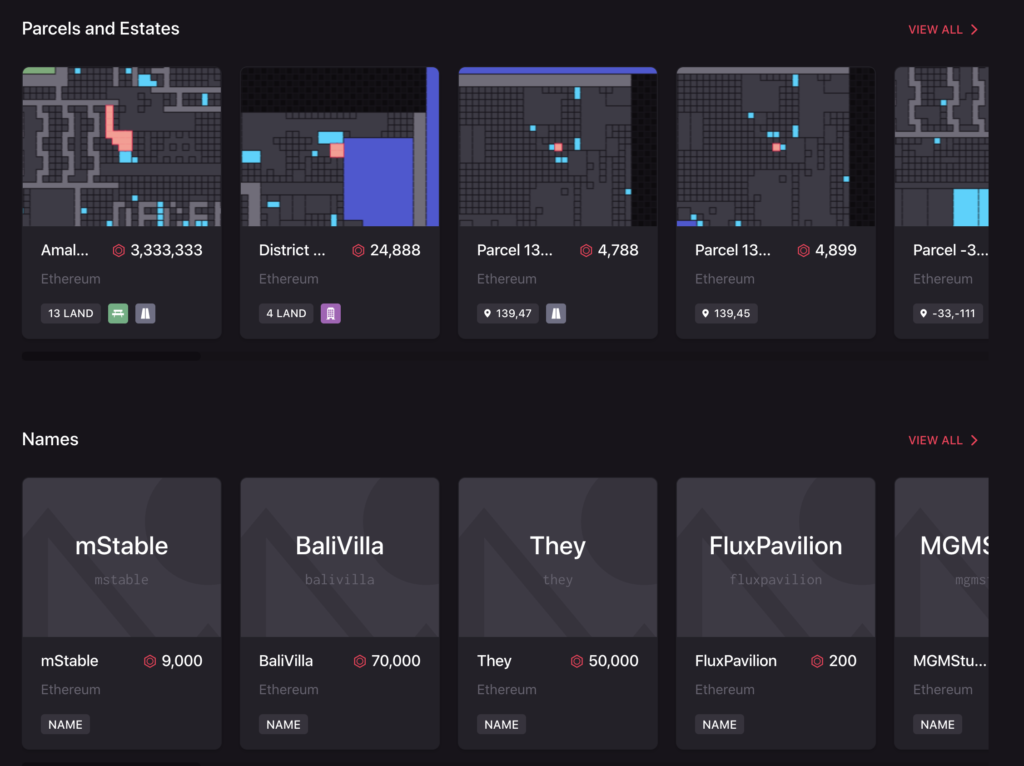
Unsurprisingly, this forces a trajectory of feeding largely on whales & corporates for Metaverse spaces, because they are the sole users who can afford to utilize the tech.. Great, an easy market share… But as we’ve just discussed above, we don’t want to (proverbially) pave our Metaverse spaces with highways for commercial haulage, or restrict play to luxury penthouses for self-inflated frat boys. Metaverse spaces, to achieve mass appeal, should be spaces for experimentation and play, without the need for monetization.
So what about airdrops and ‘sponsored entry’? Are these good enough to supplement socialized access to these spaces, and ensure that mainstream audiences onboard and further the space’s usage/appeal?
Consider this analogy: imagine you’re taking your child to a playground (Meta-world) that requires you to pay for a ticket to entry, while you’re surrounded by free access theme parks (Centralised-worlds), who are filled with customers creating a positive atmosphere, and who are purchasing a lot of hats, the hats aren’t theirs to keep, sure – but they don’t care, because the social credit is more important than the ownership itself.
Currently the, comparatively small, playground is saying, ‘here’s a free ticket for one day a year’ or, ‘you can wear this free party hat when you’ve paid to visit’ – but it’s clearly not as exciting as the rollercoaster next door, and it’s also somewhat insulting, because let’s be honest, the slide is dull and the sandpit smells funny. So, to offer you such a small incentive seems somewhat absent-minded, considering the neighbours.
Meta-worlds, and meta-projects behaving in this way might bring in one or two new customers, but charging every time someone uses your jungle gym isn’t going to guarantee an enthusiastic group who create their own game of tag nearby, and certainly won’t provide the mass social hierarchy to encourage cosmetic spending.
What we should be looking at is a socialized system of baseline play, which, if we look at the history of MMOs, is a standard practice. It has been exhibited throughout successful online games up to this point, and seems to be an art lost by blockchain-enabled Metaverse spaces. For example, the concept of receiving housing ‘space’ in MMOs is not new, even Club Penguin did it. The expansion of that space is where the cost comes in, through play or through payment – Decentraland & CryptoVoxels for example, could provide all new users with a plot of land to utilize, but require purchasing for larger sizes, different plots, or location movement.
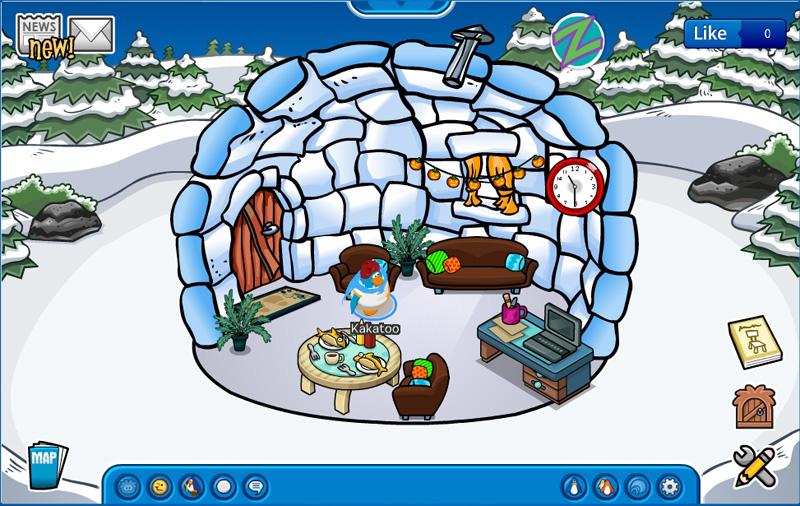
The problem is that these spaces, shortsightedly, currently serve the crypto community, and so unsurprisingly, depend on discerning individuals to spend on name, locations, looks, just about anything, based on sheer speculation. However, for true mainstream onboarding, the airdrop method, or ‘sponsorship’ systems, can’t compete with immersive F2P worlds which hook audience attention through entertainment, and then monetize as a secondary target to obtaining users.
This needs to be something keenly considered as a key component of any Open Metaverse play, cut off the big (cost) hurdles to experimentation, and the ability for power-users to amass control over experimentation, create a community that plays with your tech, and then commodify the hierarchy (not the play itself).
Metaverse spaces need to assess a ‘minimum viable fun’, to ensure they’re outdoing their competitors in regards to user attention, which means offering quality content, while not providing too much, for free. These meta-worlds would fare well to look beyond the golden trinket of a marine mammal’s pocket, and to the audience who will provide a long-term population, and success – the whales will follow.
Share this article:
[addtoany]
